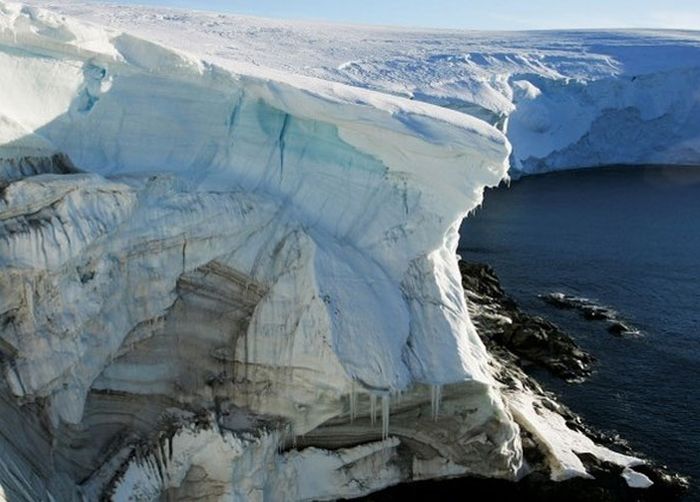
A research was made based on the combination of satellite images, wind data, and oceanographic observations
The strengthening of ocean winds accelerates the melting of the largest glacier in the east of Antarctica, a scientific study warned today.
According to the report of the Australian Antarctic Program, the change of behavior of the winds in the zone of the Totten glacier pushes warmer waters towards the Antarctic coast, which penetrate below the floating part of the frozen block.
This situation causes melting in the lower part and accelerates the movement of the glacier towards the ocean, said the source.
This research was based on the combination of satellite images, wind data, and oceanographic observations.
The study also suggests that just as the wind speed in the Southern Ocean is predicted to increase with climate change, the Totten glacier will melt faster and contribute to the global rise in sea level.
‘The work offers evidence of the mechanistic connection in the transmission of heat from the atmosphere across the ocean to the ice sheet,’ the authors said in a statement.
The scientists explained that in periods of strong wind, the water from the surface moves away and is replaced by a warmer current.
That liquid can flow into shallow, cold areas of the Antarctic continental shelf, they said.
In places like the Totten glacier, canyons on the seabed allow hotter water to penetrate under the floating ice and accelerate its decomposition.
Reports from the Australian Antarctic Division estimate that the frozen block drains 538,000 square kilometers in the east of Antarctica and pours 70 billion tons of ice annually.
 Escambray ENGLISH EDITION
Escambray ENGLISH EDITION





Escambray reserves the right to publish comments.